Like many young boys, Ng Yeow Meng dreamed of flying. But growing up in a family of modest means, the closest he got to his dream was reading up on the subject and building whatever model aircraft he could buy with his allowance. But Yeow Meng was also a very smart and persistent kid. It wasn’t difficult to imagine him knocking down barriers that stood in his way.
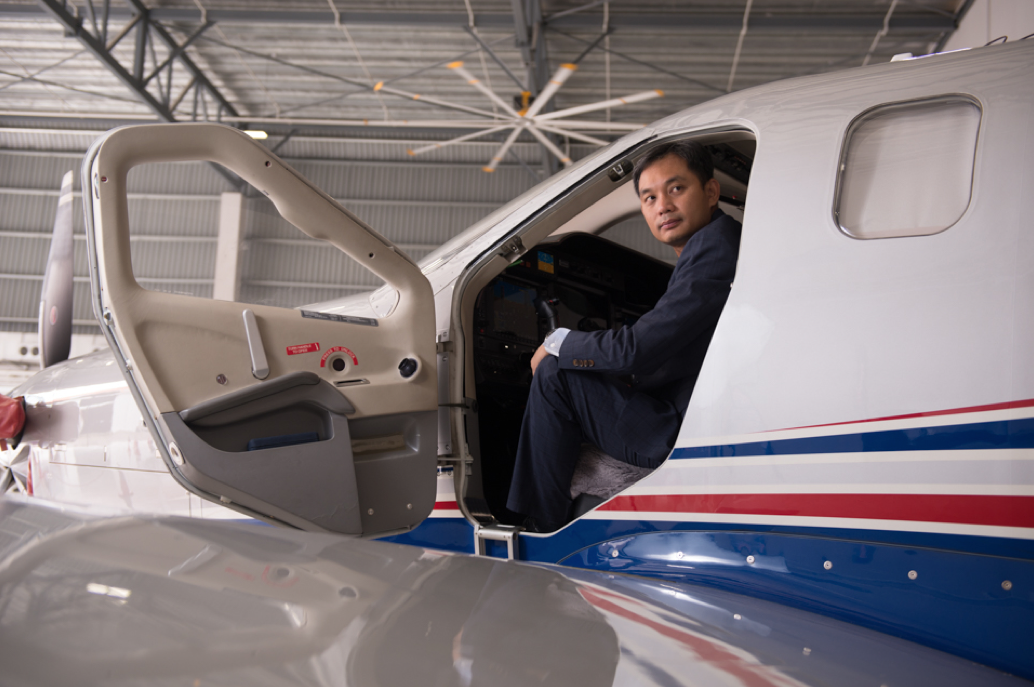
At the National University of Singapore, where he would graduate with an honors degree in electrical engineering, he initially set his sights on a career in semiconductor, convinced that it would be the next big thing. “But I found it to be quite boring,” he admits candidly, “thankfully, I ended up with a job in IT.”
Around 1998, as the Asian financial crisis lingered, the dot-com sector beamed great promise. Yeow Meng, who was learning rudimentary website programming at NUS, was admitted as intern at the R&D department of courier company FedEx in Singapore, where he found himself surrounded by guys armed with PhDs and software.
“I met great mentors there who taught me how to write computer programs, and who also gave me an opportunity to do a very low-level programming of a barcode scanner used to scan parcels.”
By the time he ended the six-month internship, his mentors suggested that if the university would approve, he could stay and do his final year thesis developing a program that would bring his barcode scanner to the next level. Besides scanning the barcode, it would serve as a ‘middle-tier broker messaging system’ on the server side that would automatically refresh the website with the latest information on the status of the parcel.
Roundly considered as a breakthrough, the thesis became Yeow Meng’s ticket to a management trainee position at the local GE headquarter, where he was admitted as the ‘web guy’ to provide IT services, initially for GE aircraft engines.
“I believe in what Steve Jobs said about connecting the dots: One thing can lead to another if you worked hard every step of the way. I think my thesis helped me land the management trainee spot at GE."
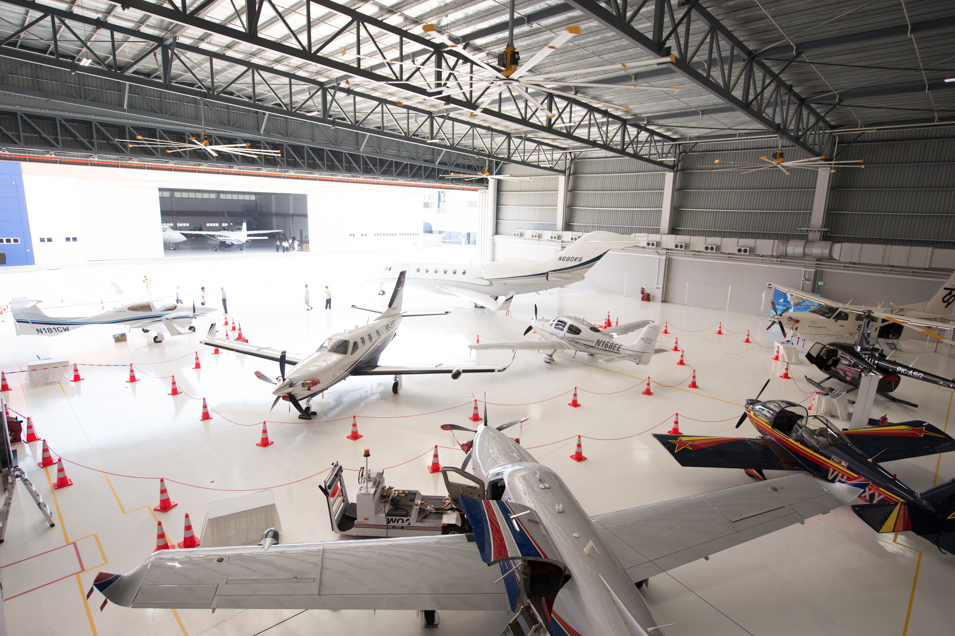
It didn’t take long for him to get posted to Cincinnati, Ohio where GE’s main aircraft engine plant was based. Although it didn’t necessarily get him closer to his dream, he “got to walk around the corridors for a sneak peek at aircraft engine development,” he remembers. As a management trainee, he did not have access to the aircraft workshops. If not for the IT systems he was developing for aircrafts, he was as far from flying one as he used to be.
There was nothing much to do in Cincinnati, deep in the American Midwest, much less at suburban Evendale where the GE Aviation facility was located. “It was not like New York City; there was no distraction from parties and other activities. Nothing exciting was happening there.” There was work and there was home, and a stretch of suburbia and one’s imagination in between. Even the novelty of driving home from work soon waned for Yeow Meng.
So whenever he was free, he drove around the plant’s vicinity, and during one of those jaunts discovered a small airfield tucked in the middle of the cornfields. “It was behind the GE Aviation plant, which I think has since been developed into a mall. I met this young man who was a flying instructor.” It turned out that it would cost him some $50 an hour, including instruction, to fly a small propeller plane. “I signed up for twice-weekly lessons, and began flying after work and on weekends.” The lessons gave him chance to perfect his skills, and obtain his license, both of which he did. Six months later, GE posted him back in Asia.
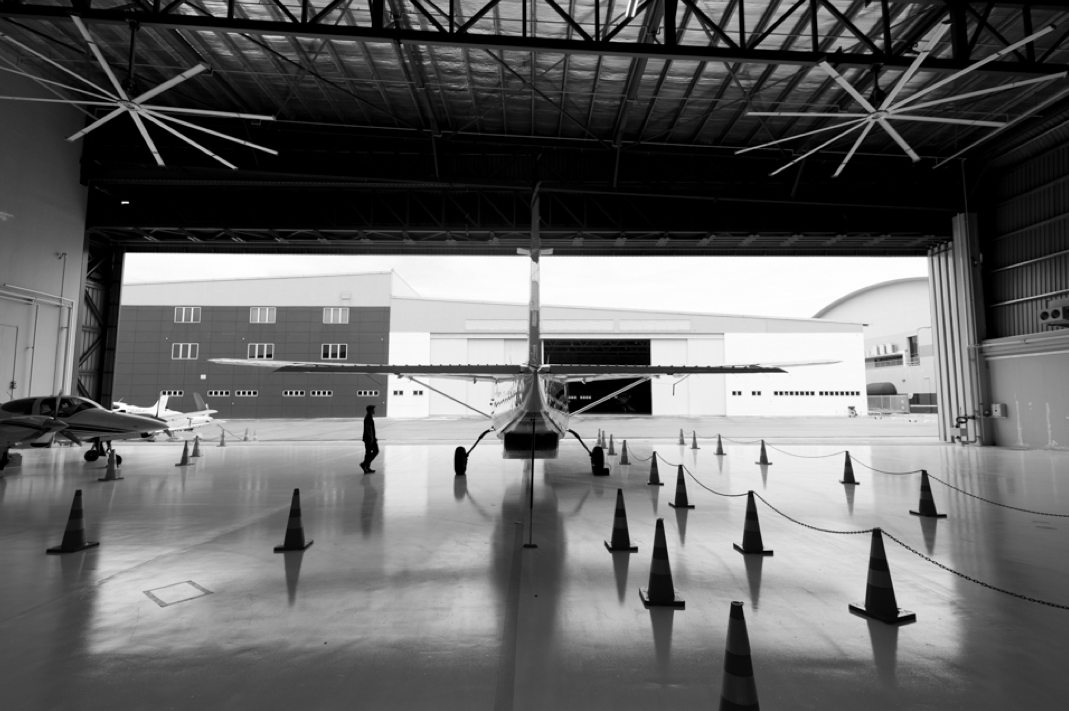
“I made some money, which I kept investing in Wings Over Asia, developing programs and activities. I was trying technologies, multiple (computing) languages, everything I learned from my corporate experiences to run a social media website."
By this time, his career was well established; he was in his late 20s and on an accelerated path to senior management. “The management training program that I was in allowed me to work in a number of GE businesses as an IT specialist, from aircraft engines to power turbines, medical systems, and corporate group.” Later on he was also posted to human resources to run the technology for HR, an experience that provided him with insights into world-class processes and management systems.
Once he was back in Asia, Yeow Meng gradually connected with flying clubs. “I travelled around a lot, and I made many side trips on my own to touch base with them. If I were on a business trip to Hong Kong, for example, I would set aside time to go to the old Kai Tak airport, already decommissioned, to touch base with a flying club.” He did the same in Thailand and Indonesia, but what struck him most was the lack of coordination between flying clubs. They operated singly, almost in isolation, with little flying within their countries, or across the border. “It was a lack of information, more than anything. No one knew how to go about things,” he reasons.
The situation presented him with a rare opportunity to be a unifier of sorts, one who would consolidate individual efforts by the flying clubs. “I was then dabbling in a lot in Internet technology, playing around with codes and social media. I had started a blog, Wings Over Asia, where I posted photos and wrote about flying. My very naïve dream was to launch the Facebook of aviation, maybe earn some money from online advertising,” he admits with a laugh.
By mid-2000, Yeow Meng had left GE to do consultancy work. “I had to attend to family matters and take a sabbatical, but I was intending to return to GE eventually.” When his former bosses, who had then moved to other companies, got wind of his status, they asked him to do software and processes consultancy. Yeow Meng, well equipped for the job, agreed. “I examined processes, applied technology, and set it in place. For example, I would look into reducing waste and improving efficiency, and then translating that into a software. I started doing that part time for some companies, including Microsoft, Sun Microsystem, and Johnson & Johnson.” More importantly, the job allowed him to set aside time for his passion.
“I made some money, which I kept investing in Wings Over Asia, developing programs and activities. I was trying technologies, multiple (computing) languages, everything I learned from my corporate experiences to run a social media website.
“It got a boost when Facebook was launched—around the same time that I was developing my own social media technology. When Facebook became very popular, I thought I could do the vertical version, the aviation version. Of course the model didn’t work. Facebook was widespread, but aviation was very niche. I didn’t have the million page views.
“And because it was so niche, I had to take it offline, began organizing events like any event organizer, moved from virtual to real.” Gradually, Wings Over Asia became a thing, a platform that gathered private jet owners, professional and trained pilots, and flying enthusiasts. Its success persuaded Yeow Meng in 2009 to devote his time on Wings Over Asia full time.
With Yeow Meng’s platform as catalyst, flying enthusiasts of all stripes started gathering around Wings Over Asia. They all came for different reasons. Some have extensive flying experience, some merely touched by the allure of flying. Some, like the young Yeow Meng, nurtured childhood dreams. “We’ve hosted a number of events, from simple barbecue gatherings to flying as a group somewhere in Malaysia, and attending flying club events – for example, in Thailand.
In June 2016, Yeow Meng launched the smart $10 million Wings Over Asia facility hard by the Seletar Airport. “It’s flying’s equivalent of a marina club, where we have facilities and services for club members and their aircraft, instead of yachts,” he explains. A tiered membership system orders the differentiated use of and access to facilities and services, but Yeow Meng emphasizes that the public is welcome to join in some of the activities. “We want to grow the community and the interest in flying. In fact, we’re working with a member who brings pre-school kids to our premises for an aviation experience. Every month, 50 to 60 pre-school children come here.” Knowing where he came from, it’s easy to imagine Yeow Meng bringing young children within arm’s length of their collective dream.
The 72,000sqft headquarter is fitted with hangars and servicing facilities for private aircrafts and rental planes, simulation machines, ample spaces for club members, and a VIP room meticulously equipped for business meetings and similar activities. Aviation-related companies occupy an entire floor as tenants.
The concierge services cover the range of members’ requirements from social to professional – logistics provision, rental, permits and paperwork among them. Limousine services pick up passengers and ferry them to destinations across town. Assistance in flight itineraries and landing clearance can also be arranged.
“There will be further developments down the line,” Yeow Meng shares, “to our club premises as well as our services. We’re not out to conquer the world; we simply want to cover enough breadth and depth to be a good one-stop facility for pilots and aircraft owners who live this lifestyle and fly around the world.”











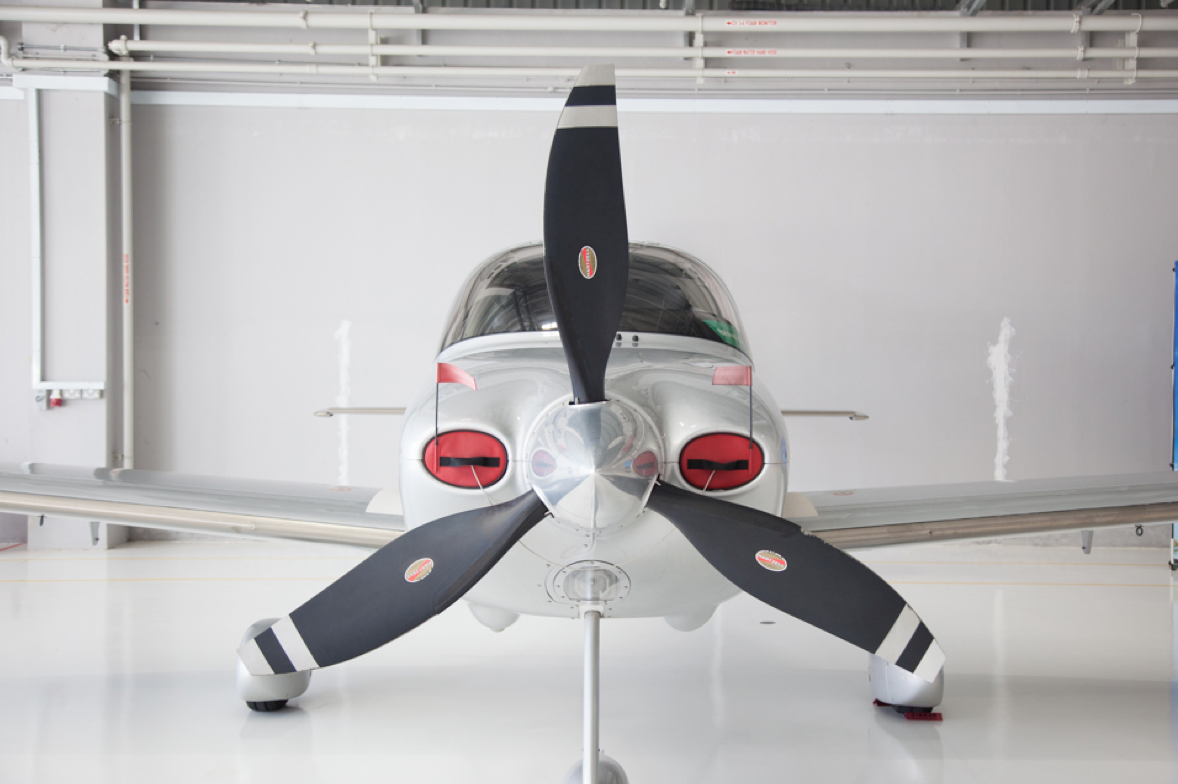
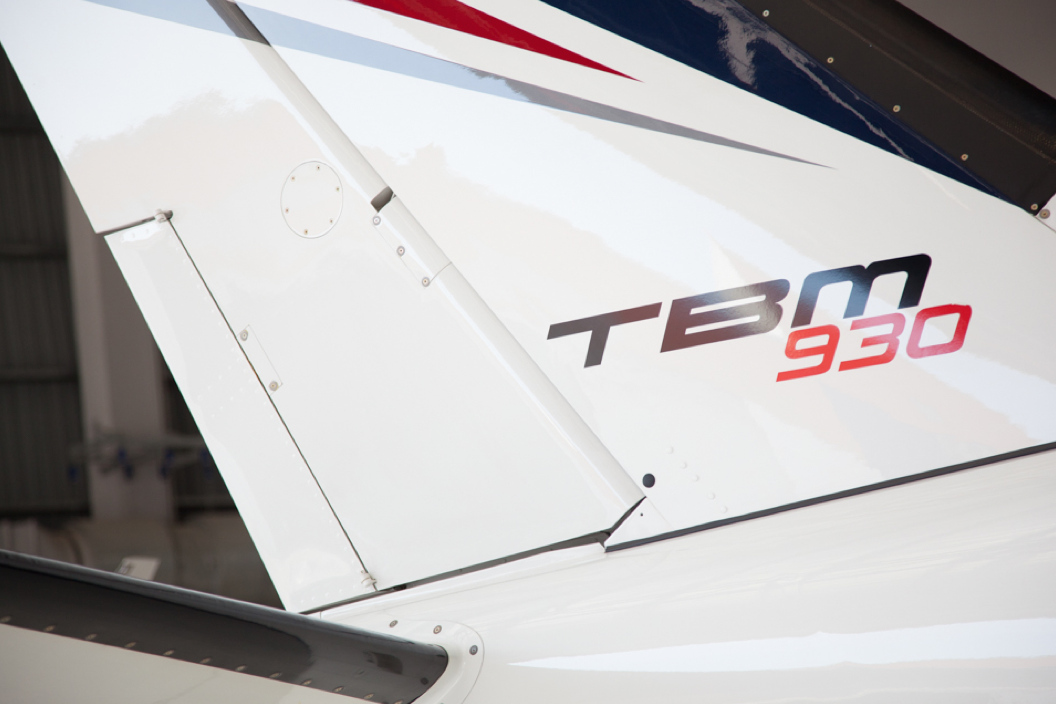
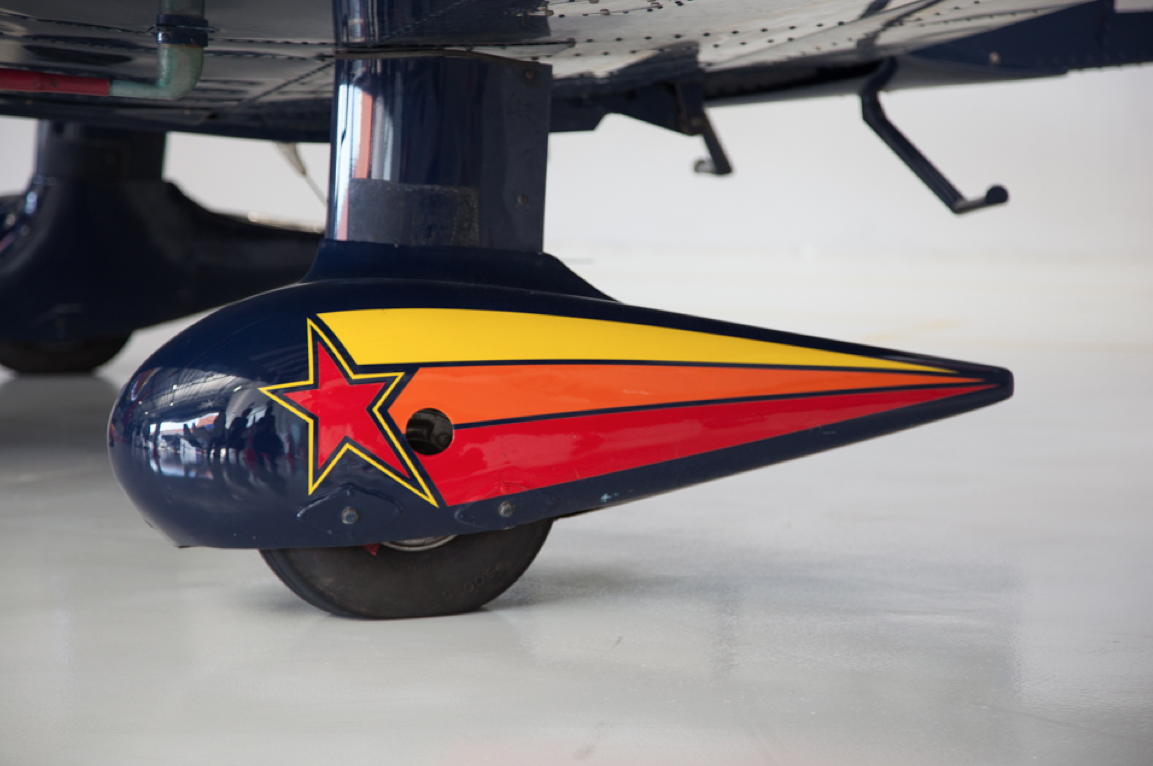




 Back
Back
